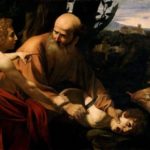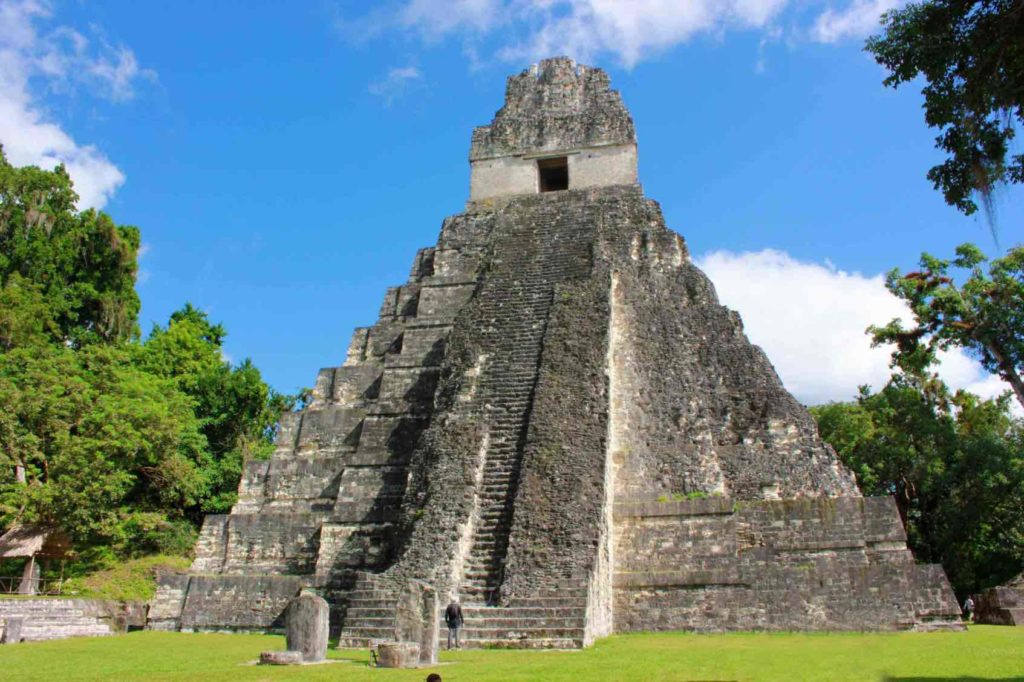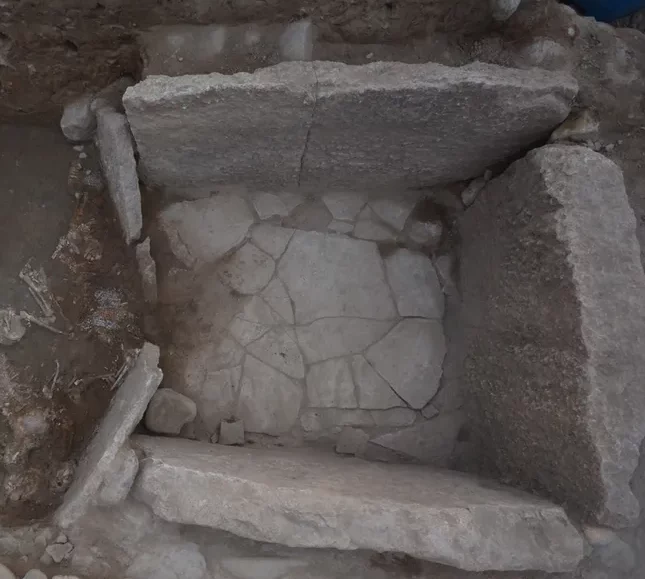
In various countries of the world Muslims these days live to the rhythm of rehearsing a religious ritual – the ‘Īd al-Aḍḥā or ‘Īd al-Kabīr or ‘Īd al-Naḥr or ‘Īd al-Qurbān according to its various names. It is linked to the Ḥajj season, which is considered to be pillar of Islam even though it is conditional on one’s ability and means: And pilgrimage to the House is a duty unto Allah for mankind, for him who can find a way thither.[1]
THIS BRINGS TO THE FORE many questions, the most important of which is whether ‘Īd al-Aḍḥā is really a definitive sunna particularly in that historical evidence indicates that the Companions did not actually perform it. Even if it is a definitive sunna, has it been able to maintain the same framework, or has social custom turned it into an obligation upon every Muslim, regardless of his social circumstances? Why has there been no fatwā issued to abandon this sunna, especially when we are living through a difficult economic period – and indication of this being that the Morocco’s Ministry of Agriculture, for a number of reasons, has been unable to provide a sufficient number of national sacrifices, and therefore had to resort to imports to fill the gaps. And this was made even though in previous years (1963, 1981, 1996) a decree was issued not to carry out any slaughter or sacrifices.
But what, in the end, are the historical roots of this religious holiday and ritual?
To answer these questions, especially the question of the historical roots of this religious ritual, we have to go back to the earliest beginnings and to the very origin of the idea of slaughtering or sacrificing as primitive man conceived it, to a time before the emergence of religions, both chthonic and celestial.
Sacrifice and sacrificial offerings in pagan myths and religions
Sacrifice is not a phenomenon known only to believers from the Abrahamic religions. There is much evidence for its existence in many ancient peoples. Prehistoric man stood amazed and intimidated by natural events – floods, lightning, thunder, earthquakes, volcanoes, storms, droughts, rain, meteorites and comets, night and day, the sun, the moon, the stars and so on – and since he lacked understanding, particularly any scientific knowledge as to the reason for these things, most of which posed a threat to him and his existence – he proceeded to link them to supernatural forces that lay behind them and directed them. He attributed them to gods, until each phenomenon had its own god, resulting in the multiplicity of deities with their multifarious aspects: a god of fertility, a god of the sea, a god of the sun, a god of the river and a god of the winds and so on.
The question of the roots of sacrifice goes back to a time before the emergence of religions
At the dawn of an embryonic awareness in man, especially moral awareness and the emergence of the concept of guilt, ancient man came to believe that it was the anger of one or other of the gods that was the reason for the infliction of one of these natural phenomena, to punish him for misconduct or for failing to placate this or that god. So when drought overtook agrarian societies we see him bringing offerings to the god of fertility, with ancient Egyptians making a human sacrifices to the Nile River to save themselves from its anger and flooding, or the Mayan and Aztec civilizations in what is now Latin America shedding the blood of a family member in order to atone for a fault deemed to be the cause of epidemics imposed on them by the gods as a punishment. Temple priests in this ancient civilization would gather at the foot of the pyramids waiting for the lunar eclipse to arrive, and offer human heads to the moon god in atonement for a sin they had committed and from a belief that they were suffering because of this sin.
The Mayans and Aztecs were not the only ones to offer sacrifices to the gods, but this belief predominated in all cultures across the globe, while the custom of sacrifice was practiced over the stone pyramids erected in public squares, where offerings of agricultural products were presented or even the blood of the worshiper obtained from splitting open his lips, his tongue or genitals. The highest honour paid to the gods was the offering of human victims, from parents to children or then animals instead of human parents and offspring. In his book The Story of Civilization Part I the American historian Will Durant referenced some Sumerian hymns, one of which runs:
Lamb is a sacrifice for the flesh of human beings, by which man redeems his life
By lamb here was meant the bearer of wool aged above two years. Will Durant adds that in Sumerian religious ceremonies, priests beat themselves until their blood stained the altar, and some of them even sacrificed their own selves, as ‘Abd al-Ḥamīd asserts in his book: The Eternal East: An Introduction to the History and Civilization of the Near East from the Earliest Times to 323 BC .
In Carthage bones of sacrificed children barely six months old have been found
The Phoenicians had long sacrificed the firstborn child, as evidenced by the traces of children’s bones found under the foundations of houses. The historian Philo of Alexandria confirmed that the Phoenicians used to sacrifice their dearest sons in the event of dangers in order to ward off evil, and in the same context the Greek historian Diadorus Siculus in his famous encyclopedic Βιβλιοθήκη Ἱστορική (‘Historical Library’), tells of the sacrifice of two hundred children in Sicily. The writer Sami Labib notes the discovery at the Canaanite Kafr Jarra of a cask containing children’s bones under the foundations of a column in a wall, placed there as a sacrifice. In Carthage bones of sacrificed children barely six months old have been found, and one of these casks may be seen today in the Louvre.
One of the famous stories in this respect is that of Mesha the king of Moab who sacrificed his eldest son to help raise the siege on his city. When his Lord responded positively he slaughtered seven thousand Jews in thanks to God for his grace. The Canaanite god Moloch was fond of the blood of children; on his feast day they were led, to the rhythm of drums and flutes, to the sacrificial altars and furnaces. During the siege of Carthage in 307 BC two hundred boys from noblest families were burned on the god’s altar.

Suggested Reading
Before man went on to sacrifice animals he was, during the agrarian age, already sacrificing plant and agricultural produce with the so-called faṭīra or unleavened bread, in the belief that fermented bread betokened arrogance through the way it swelled up when yeast was added to it, while the worshipper should show humility before the goddess. It was therefore not permissible to offer fermented bread as a sacrifice to her and the bread beloved to her was that which was not leavened.
[1] Qur’ān III (Āl ‘Imrān), 97.
Main image: The tophet (part of a cemetery for sacrificed children) of Salammbó outside Carthage. The tombs hold tiny cremated bones carefully packed into urns.


